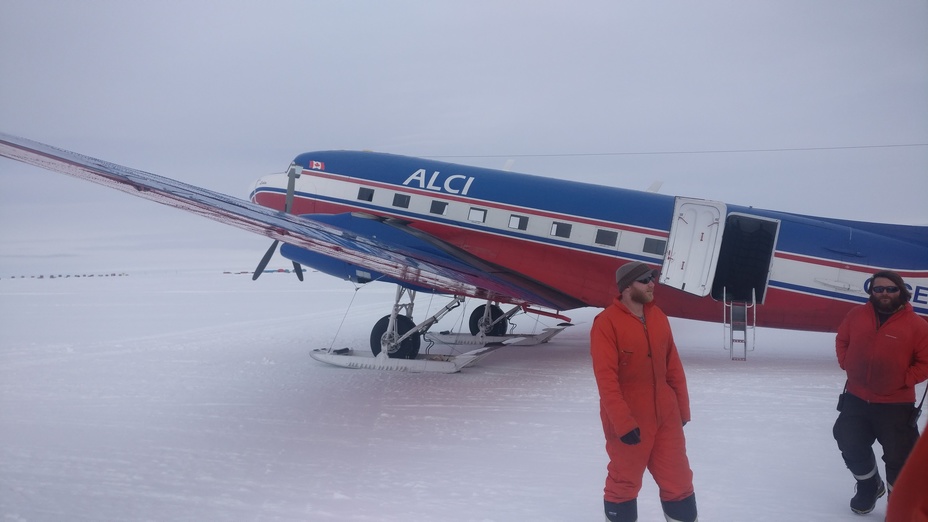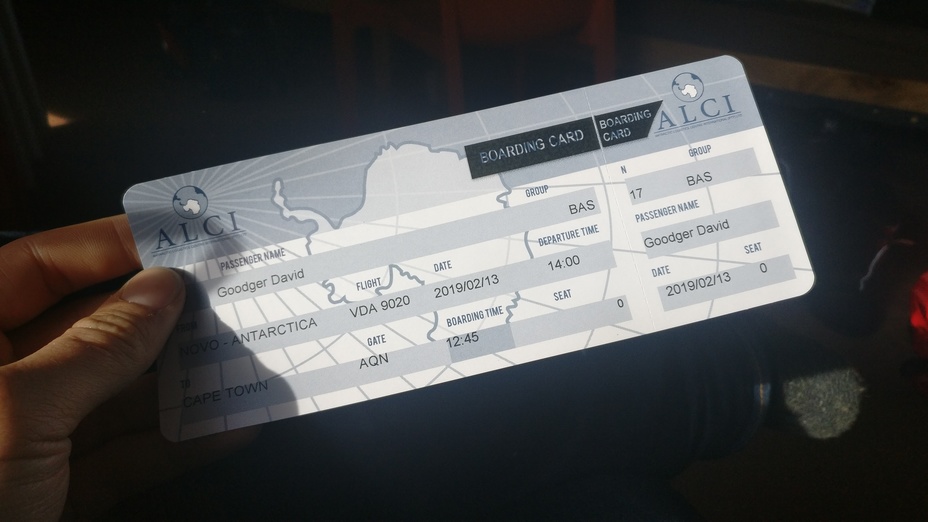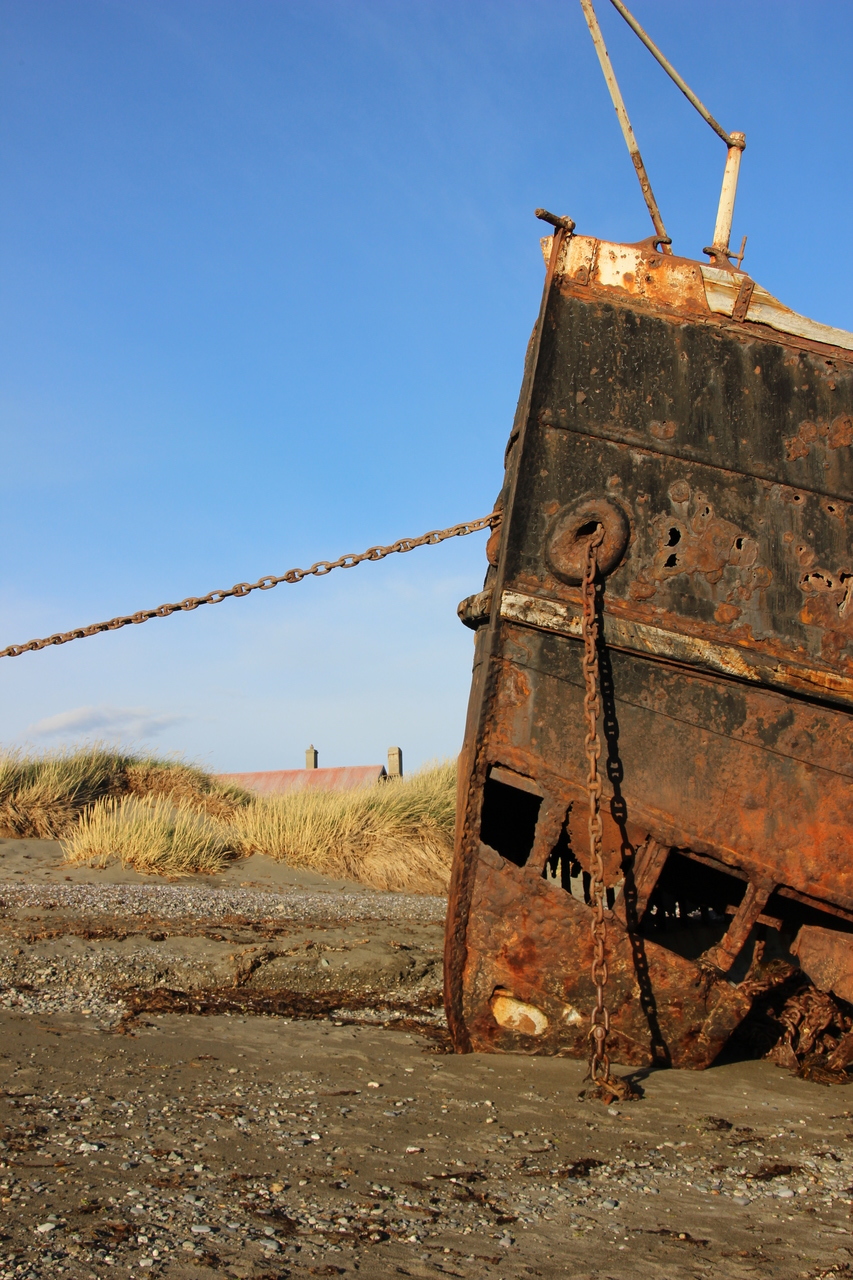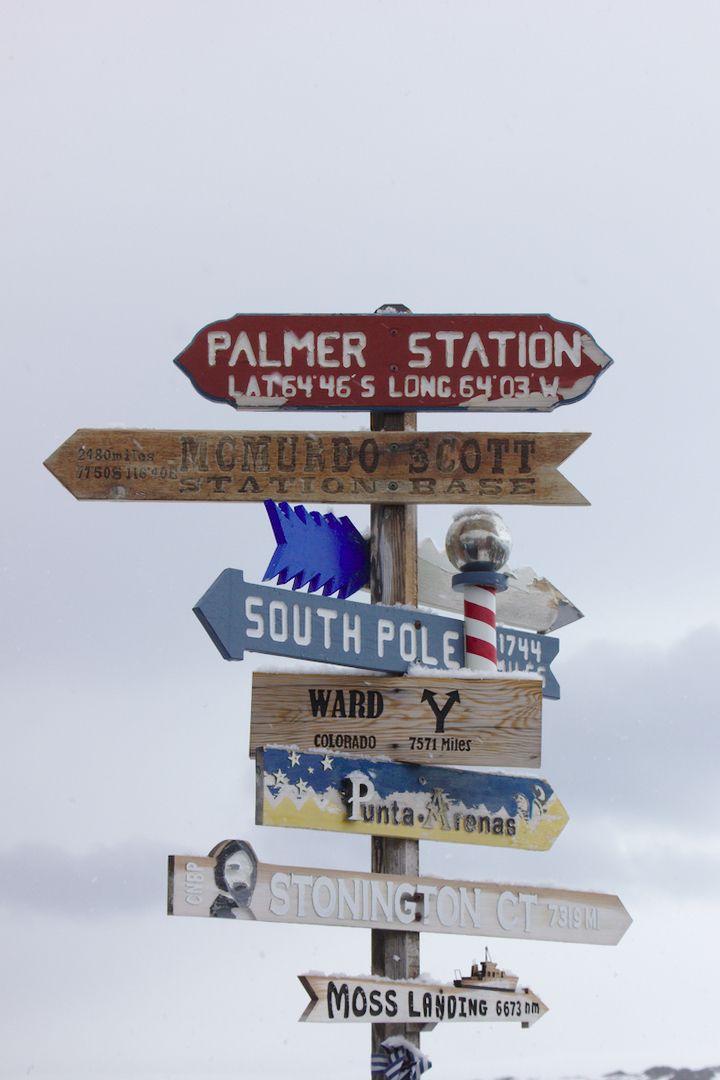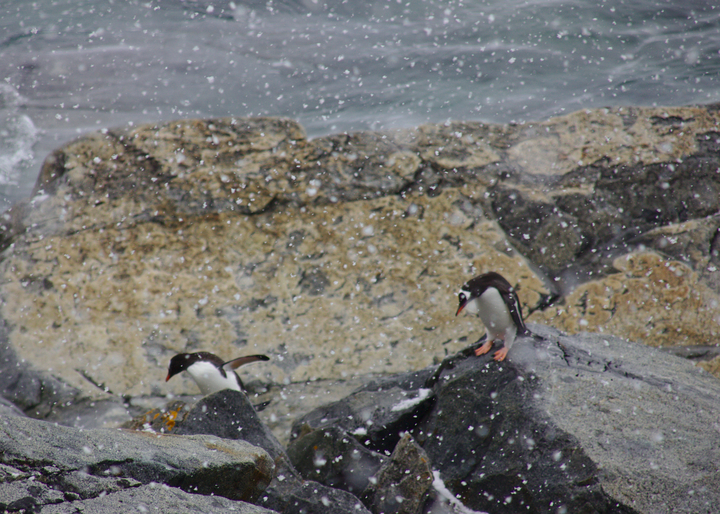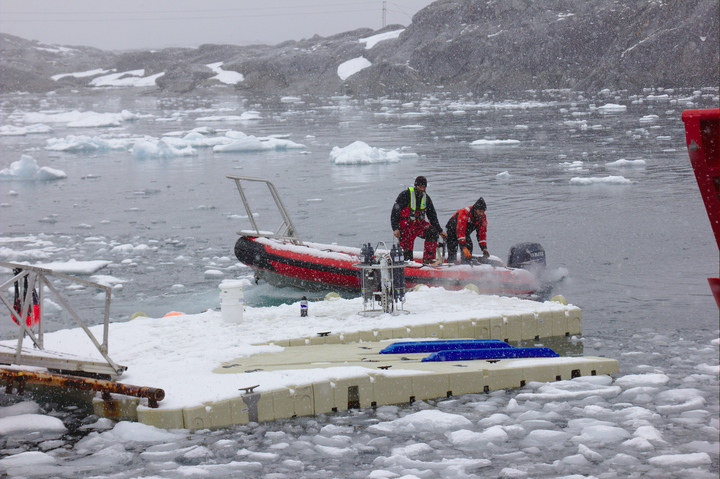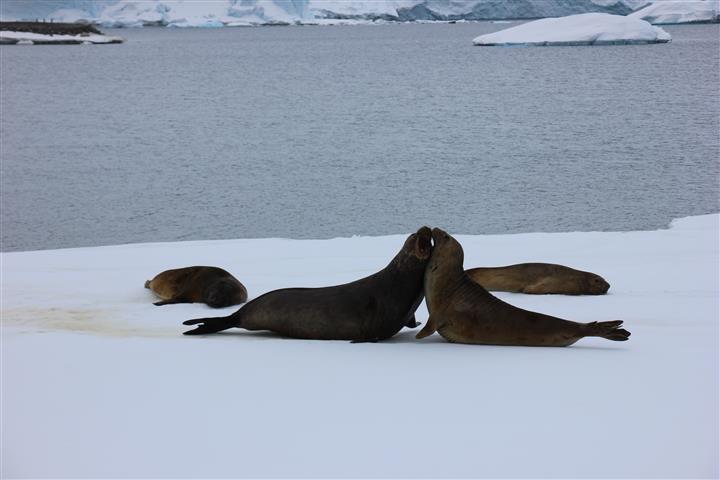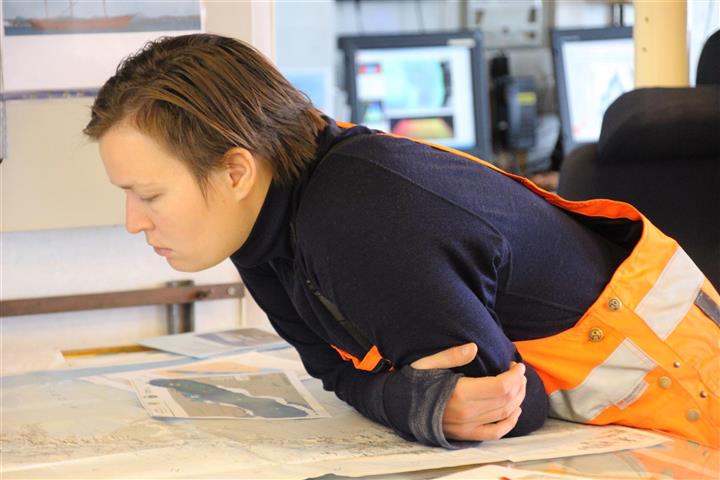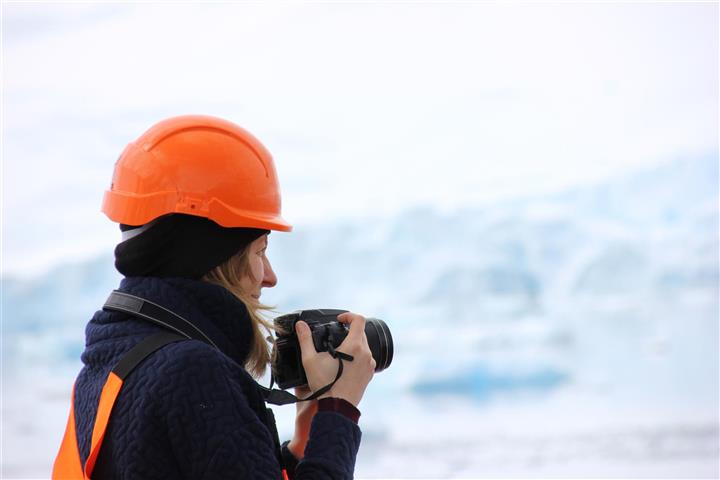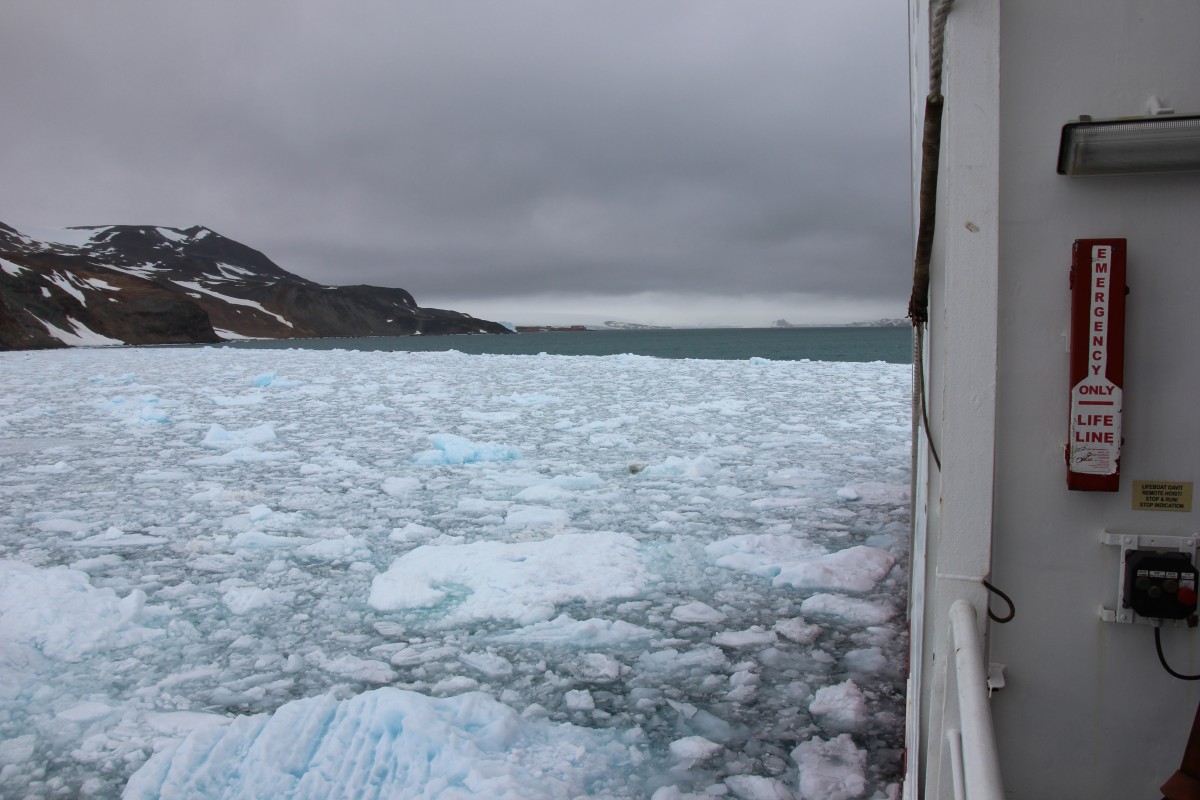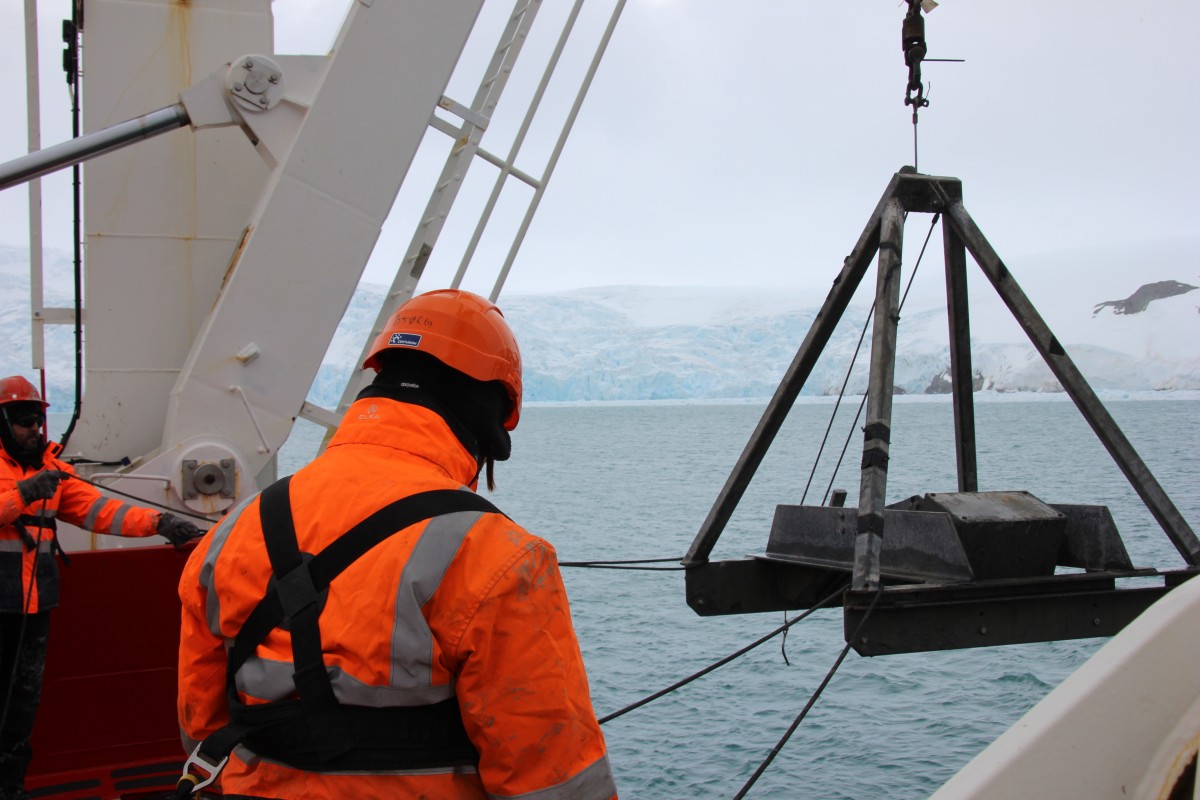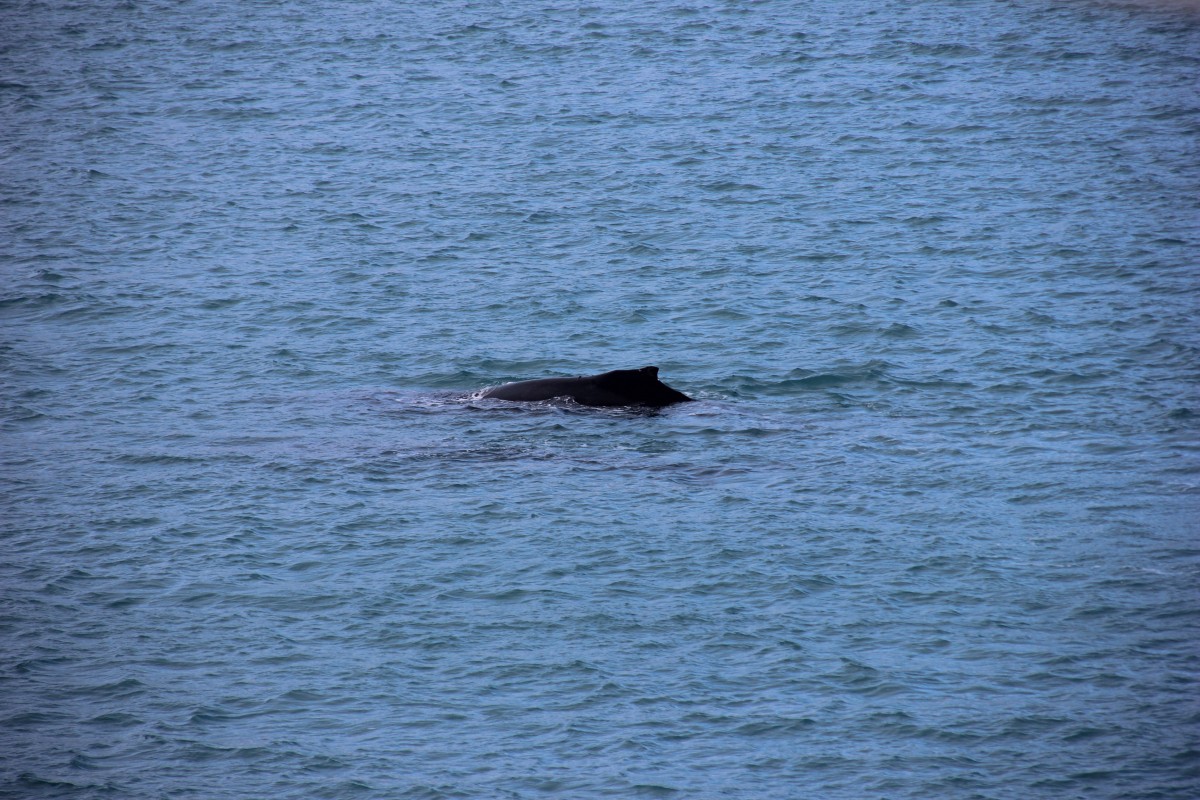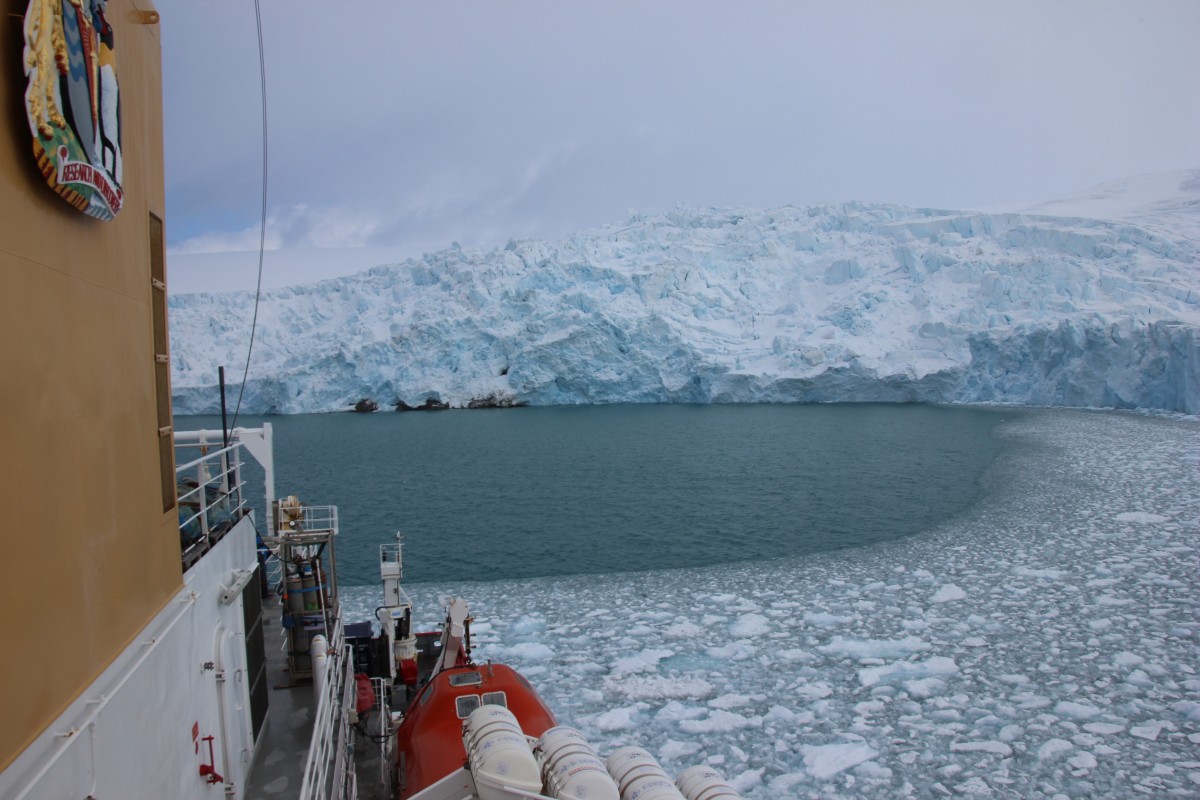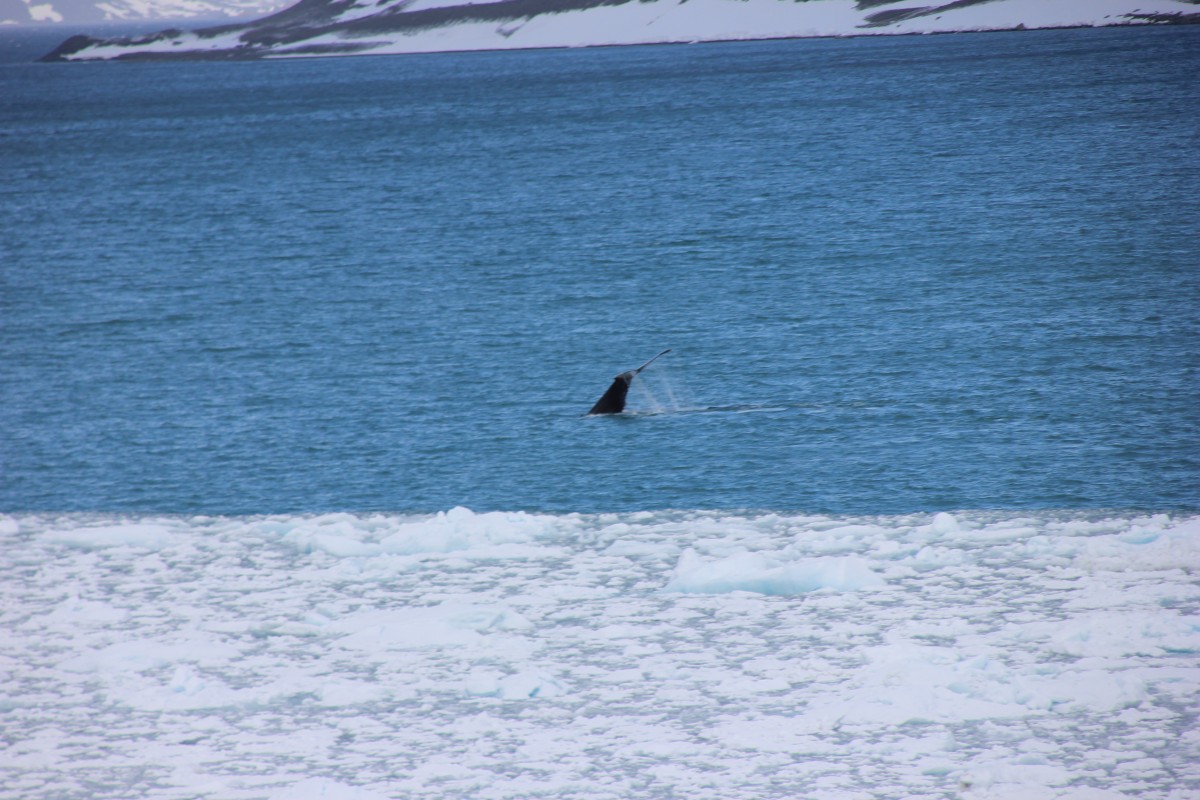Time to Leave
11/02/2019
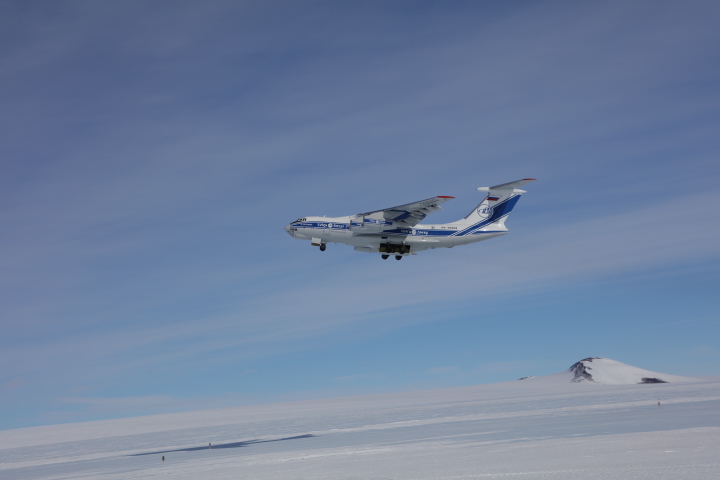
A Week of Hard Work Pays Off
30/01/2019
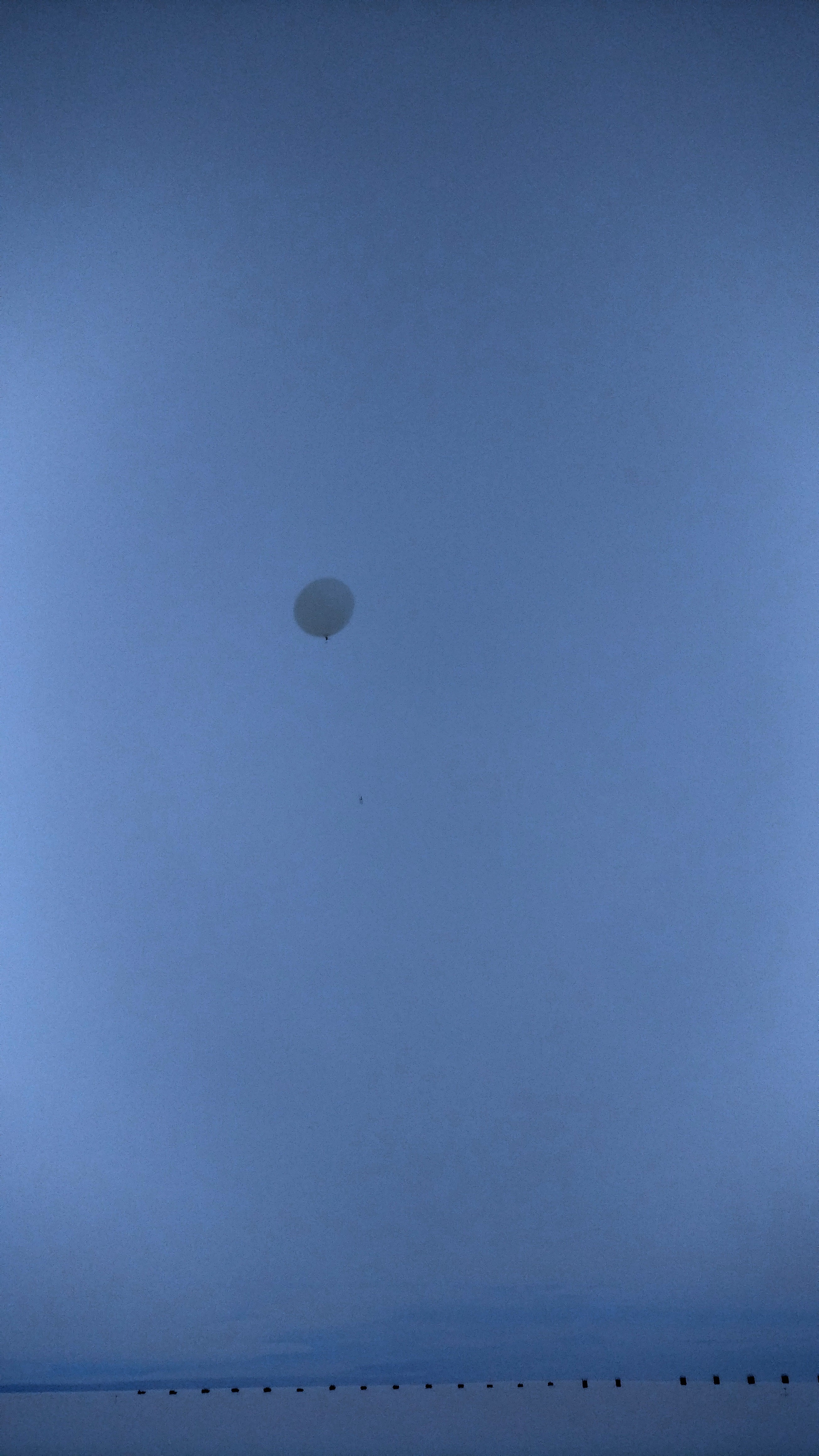
My flight out should be a week or so after this post.
The Weather Changes
22/01/2019
The Brunt Ice Shelf still gets as much snow deposition as ever, with everything getting covered by at least two metres per year. One of the biggest jobs each summer is to lift everything from buildings to instruments to vehicles. This is essential for maintaining a working base. Here, ice and snow are just facts of life!
My First Few Days At Halley
18/01/2019
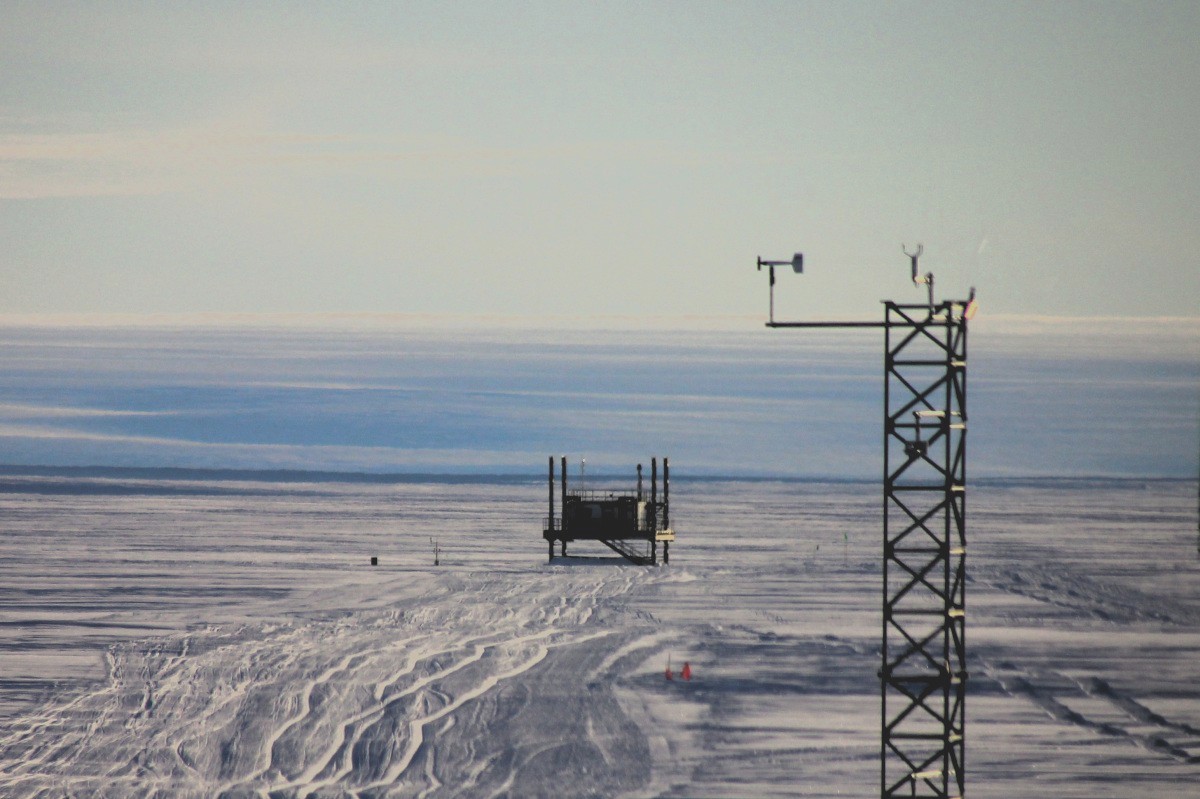
I did a bit of work too; setting up a desk, getting on the network, and finding all the links and files I need for my job. Since then it's been pretty much all go, with my time taken up with training, CASLab prep and helping the other engineers... until today.
Today the CASLab came on-line with the estates team commissioning the building. This means I can go in and start working. The building is a bit of a mess because it has not been used for some time except as an indoor, unheated storage space. The first job was for the meteorologist and I to tidy the room. After two hours of moving all the server racks, fridges, pumps, piping and cables into a side room, the main space was ready to go. I managed to check all my gear and set up the camera, taking some photos before the end of the working day. Tomorrow's plan is to create a network and to connect various instruments to it!
Travelling to Halley
14/01/2019
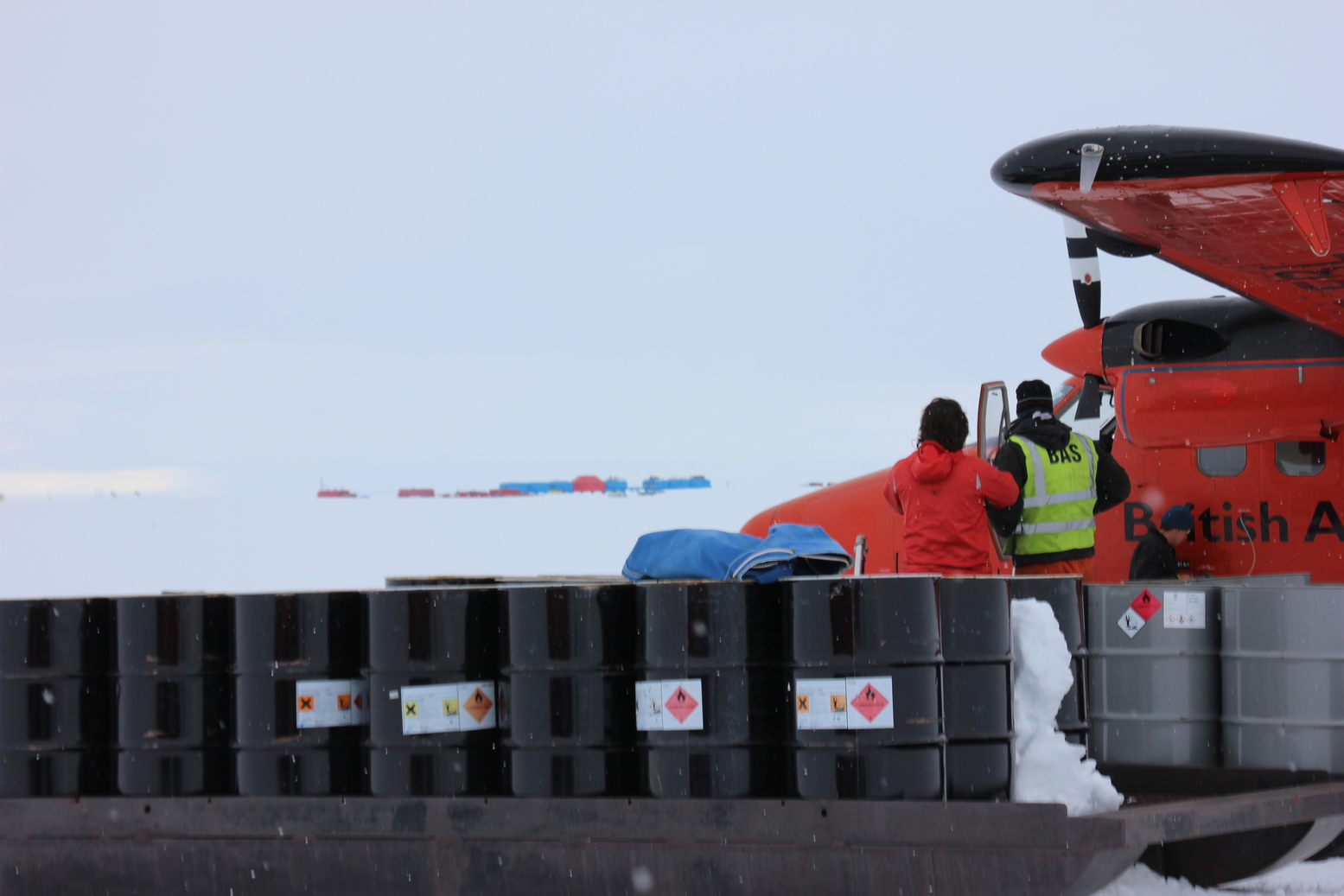
On arrival, I was pleased to meet many people I had worked with before, some from my time here and some from Cambridge. I'm now getting everything ready for my main task at Halley... CASLab Automation.
Punta Arenas and Tierra Del Fuego
09/01/2019
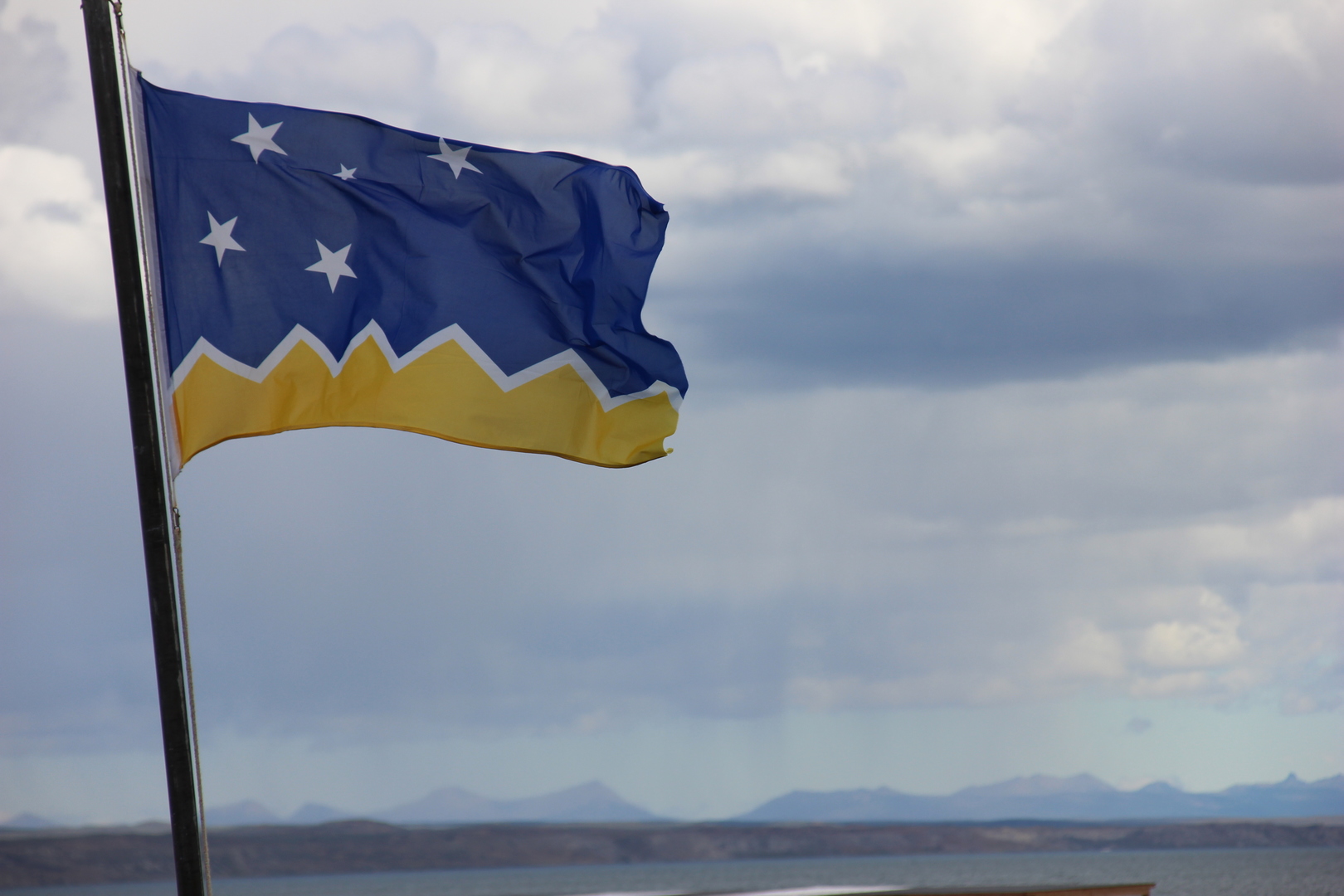
I lived on the ship for a few days, handing over to my colleague and helping prepare the ship for the next cruise. Eventually it was time for the JCR to leave, so I joined all the other BAS staff waiting in a hotel for the DASH 7 (BAS's larger aircraft) to fly me to Rothera.
There were some delays to the flight with weather, a ship and some building work interfering with the well laid out plans, but these are all part of working in Antarctica. Thankfully, due to the delay, I managed a tour of Tierra Del Fuego, seeing some penguins, a ship and a museum en route.
Eventually we flew to Rothera, with a nice, uneventful flight getting us here in no time at all. I'm currently sitting in my department's office, receiving some "refresher training" and helping out where I can, ready and waiting to go to Halley, where my real "land based" workload begins.
The end of the cruise
30/12/2018
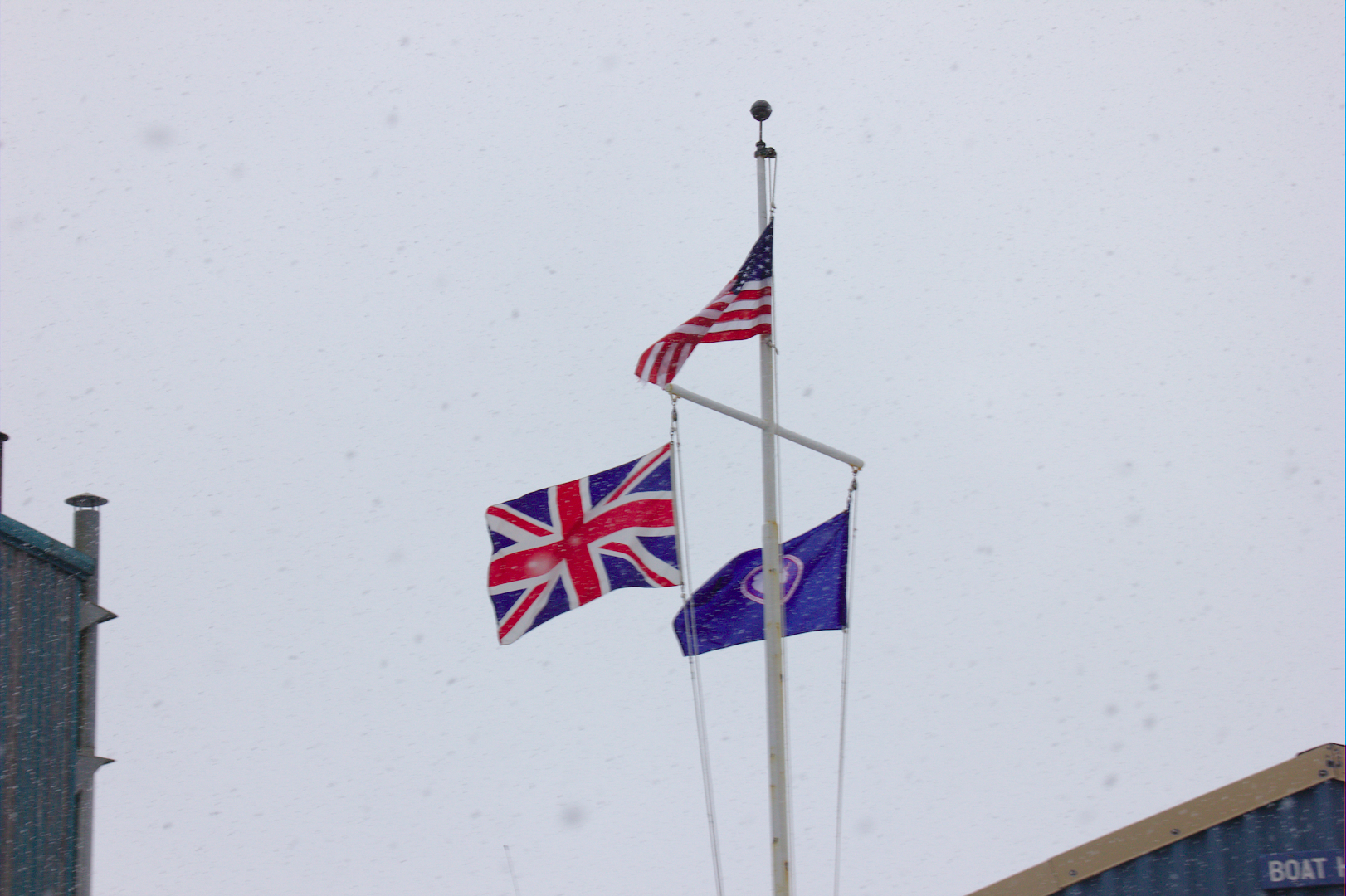
While I wait for my plane I'll try and upload some photos of the trip and Palmer Station.
A break at Rothera
20/12/2018
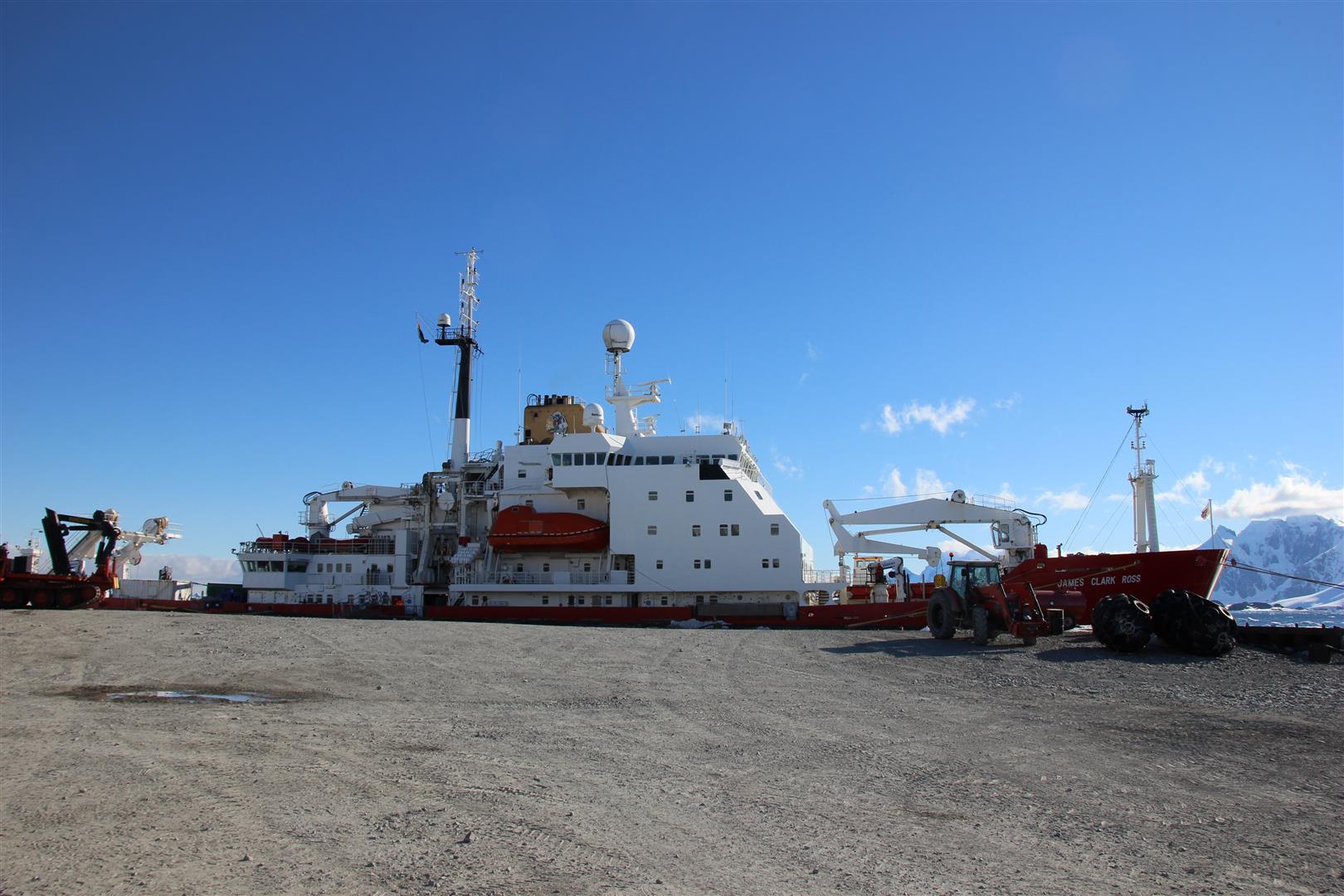
People appreciated the change of scene, space and the chance to eat, socialise and play with a different group of people. The (now traditional), JCR vs. Rothera football match was a crushing defeat for the ship (also traditional) and the run up and down the runway was a chance for the runners on the ship to travel more than 90m before they had to go back where they came from.
We now travel to science site 3, a bay just around the coast from Rothera which, despite its proximity, has never been surveyed. We have our normal science suite to complete but also a few jobs for the base which shouldn’t add much time.
Börgen Bay
15/12/2018
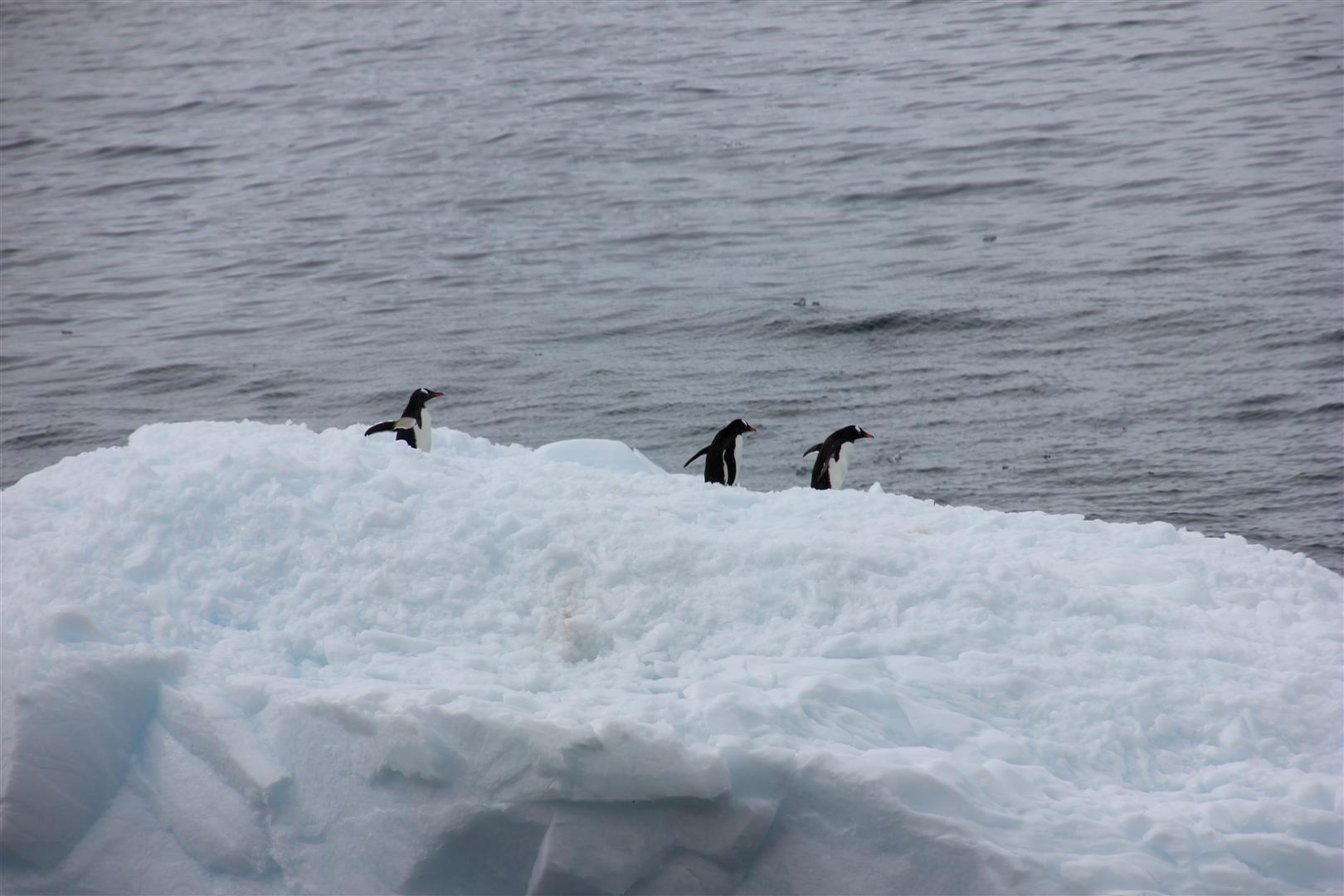
As with the last site, and the next one, we have four days here, the first two being "physics" and the last two being "sampling". The physics is now complete so I have some time to do maintenance, help scientists and take some photos of all the wildlife in the bay.
1 Cove down, 2 to go
12/12/2018
Upon arrival in the bay the first science will be "clean" with sensors deployed to look at water temperature, saltiness, oxygen levels and currents. Once this is done, it's onto the "dirty" stuff, with large numbers of sediment cores being taken, processed and then stored for further analysis.
Science Gets Going
09/12/2018

Once through the storm we finally arrived at the first science site. A cove on King George Island. The scientists are looking into how the glacial melt water affects life on the seabed, the structure of the seabed and the currents in the bay. While we have been working, some of the local wildlife has been to visit with Gentoo Penguins, seals and a few whales coming to look at the ship
Let's Do a Survey
4/12/2018

Arrival in the Falklands
27/11/2018
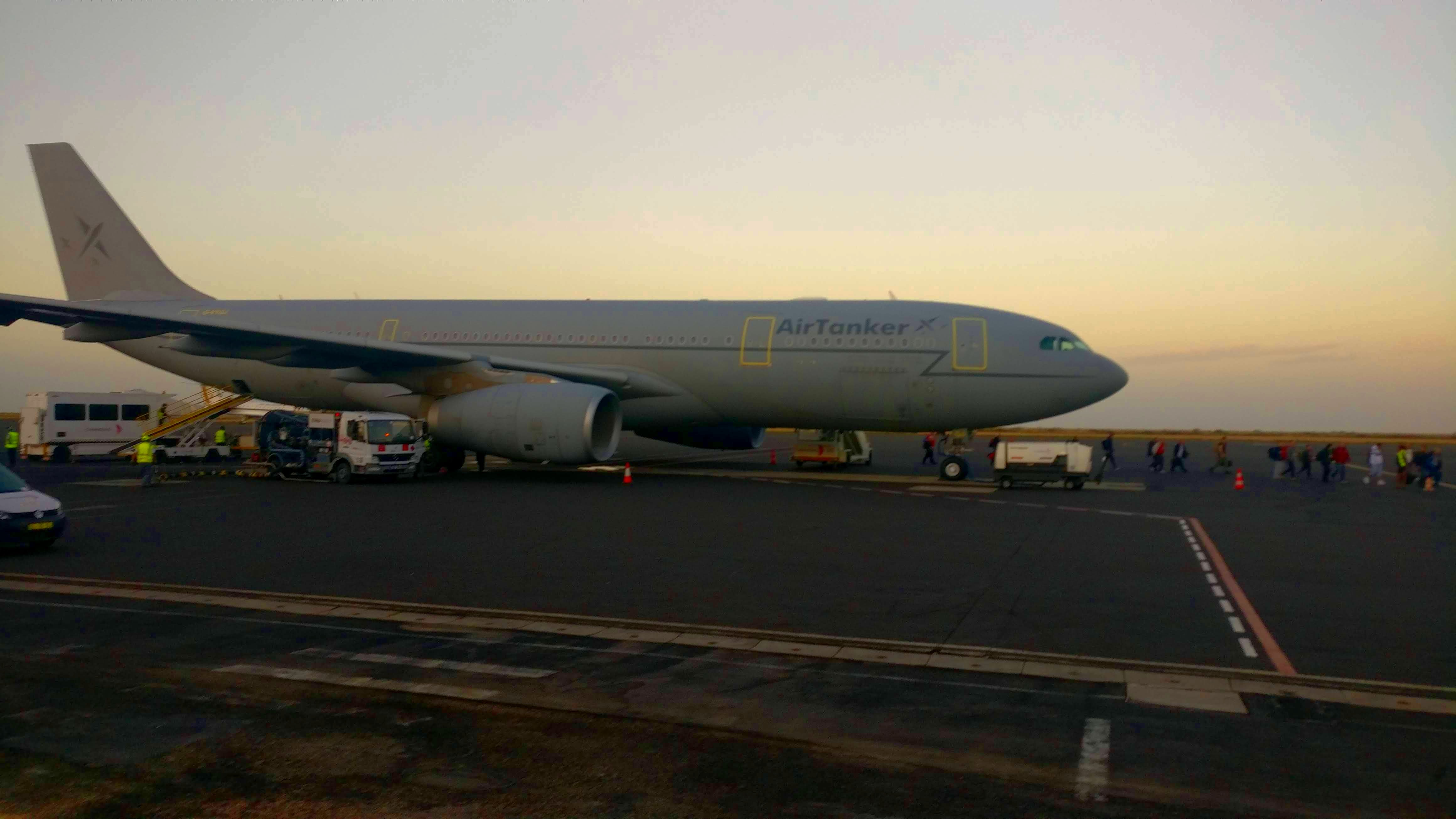
A Crazy Season to Come
20/09/2018
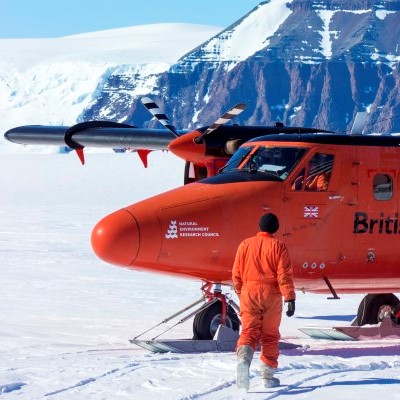
My season is particularly unusual. Starting in late November I am going on; a science cruise on the JCR; spending some time at Rothera Research Station and then travelling onwards to Halley. This is new for me, with a huge variety of work, lots of time on the move and nowhere to call "base" for the season but I'm looking forward to it. Spending some time at Rothera will be good as my previous (and only) trip was for just 18 hours, not quite enough to get the feeling for the place.
More updates should follow before November but the main blog should begin just before December. Like last year, I plan to write at least once a week, but with my travels you may need to excuse a late post or two! Hope you enjoy reading about this year's adventure.


